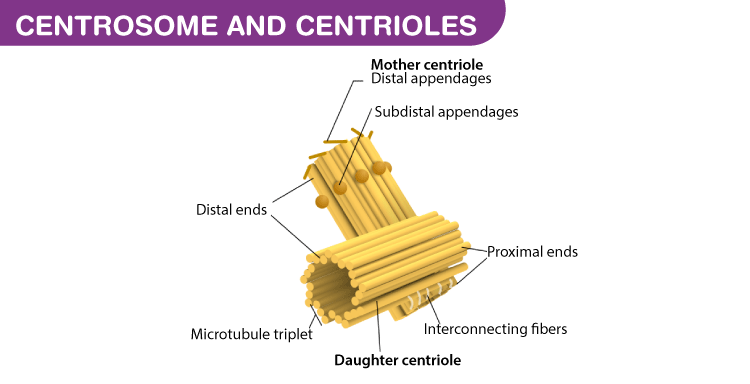


The conventional assay for measuring phospholipid classes involves thin-layer chromatography (TLC) separation and subsequent phosphate quantification from the spots. Previous studies have reported that disturbances in phospholipid metabolism are closely associated with diverse disorders, including cancer, autoimmune disease, dyslipidaemia and atherosclerosis 1, 5, 9. In mammalian cells, phospholipids are produced mainly in the endoplasmic reticulum (ER) and mitochondria through pathways involving many enzymes and are then translocated to other organellar membranes 3, 4, 7, 8. In addition, there are over thousands of phospholipid molecular species differing in acyl chain composition 4. In mammalian cells and plasma lipoproteins, the most abundant sphingophospholipid is sphingomyelin (SM) 9. Glycerophospholipids are further classified by the structures of the head group into classes, including phosphatidylinositol (PI), phosphatidic acid (PA), phosphatidylcholine (PC), phosphatidylethanolamine (PE), phosphatidylserine (PS), phosphatidylglycerol (PG) and cardiolipin (CL). Phospholipid molecules consist of a hydrophilic head group and a hydrophobic region containing two acyl chains, and are divided into two groups, glycerophospholipids and sphingophospholipids, based on the backbone structure. Phospholipids are essential structural components of cell membranes and plasma lipoproteins, and are involved in numerous biological responses, including membrane protein regulation, membrane trafficking, apoptosis, cellular signalling and lipoprotein metabolism 1, 2, 3, 4, 5, 6, 7, 8, 9. These enzymatic fluorometric assays for measuring all major phospholipid classes may be applicable to tissues, fluids, lipoproteins, extracellular vesicles and intracellular organelles of many organisms and will further our understanding of cellular, physiological and pathological processes. By conducting comprehensive quantitative analyses of major phospholipid classes, we demonstrated that the contents of phospholipid classes in HEK293 cells changed with cell density and that overexpression of phosphatidylinositol synthase or CDP-diacylglycerol synthase significantly affected the phospholipid compositions of microsomal and mitochondrial membranes. These simple, sensitive and high-throughput methods enabled us to quantify all major phospholipid classes in cultured cells and intracellular organelles. In the present report, a new enzymatic fluorometric assay was developed for quantifying phosphatidylinositol. We previously reported enzymatic fluorometric methods for quantifying phosphatidic acid, phosphatidylcholine, phosphatidylethanolamine, phosphatidylserine, sphingomyelin, phosphatidylglycerol and cardiolipin. Cell membrane phospholipids regulate various biological functions.


 0 kommentar(er)
0 kommentar(er)
